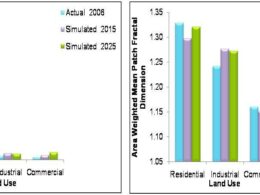Watershed
Importance of Watershed Delineation
Watershed Delineation
The process include five major steps:
- Digital Elevation Model (DEM) Set-Up,
- Stream Definition,
- Outlet and Inlet Definition,
- Watershed Outlets Selection
- Definition and Calculation of Sub-basin Parameters



It is a proficient article that you have shared here about Geo-Spatial Technology used for Watershed Delineation. I got some unique and valuable information from your article. Thankful to you for sharing this article here. Irrigation system installation Waterville